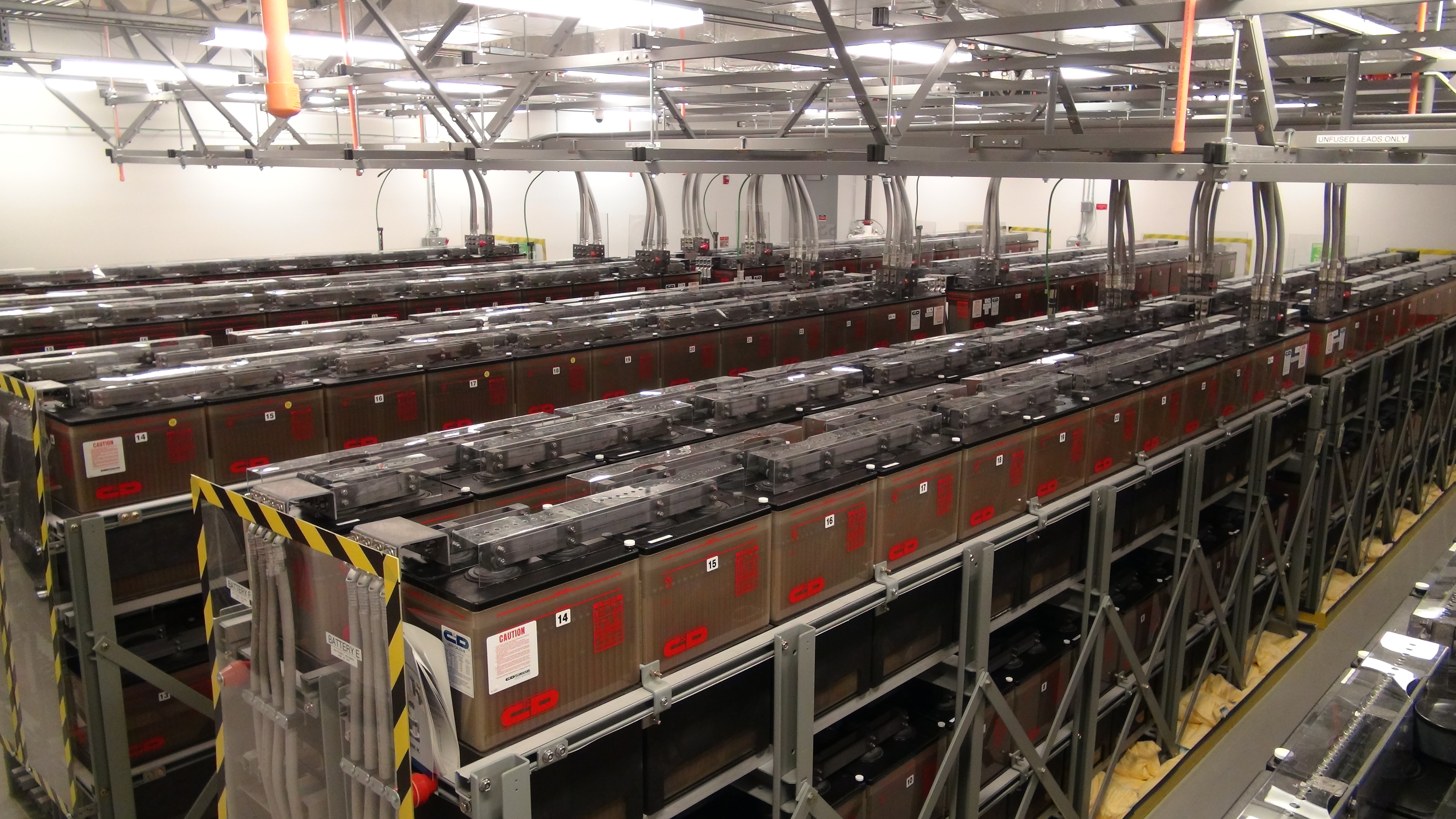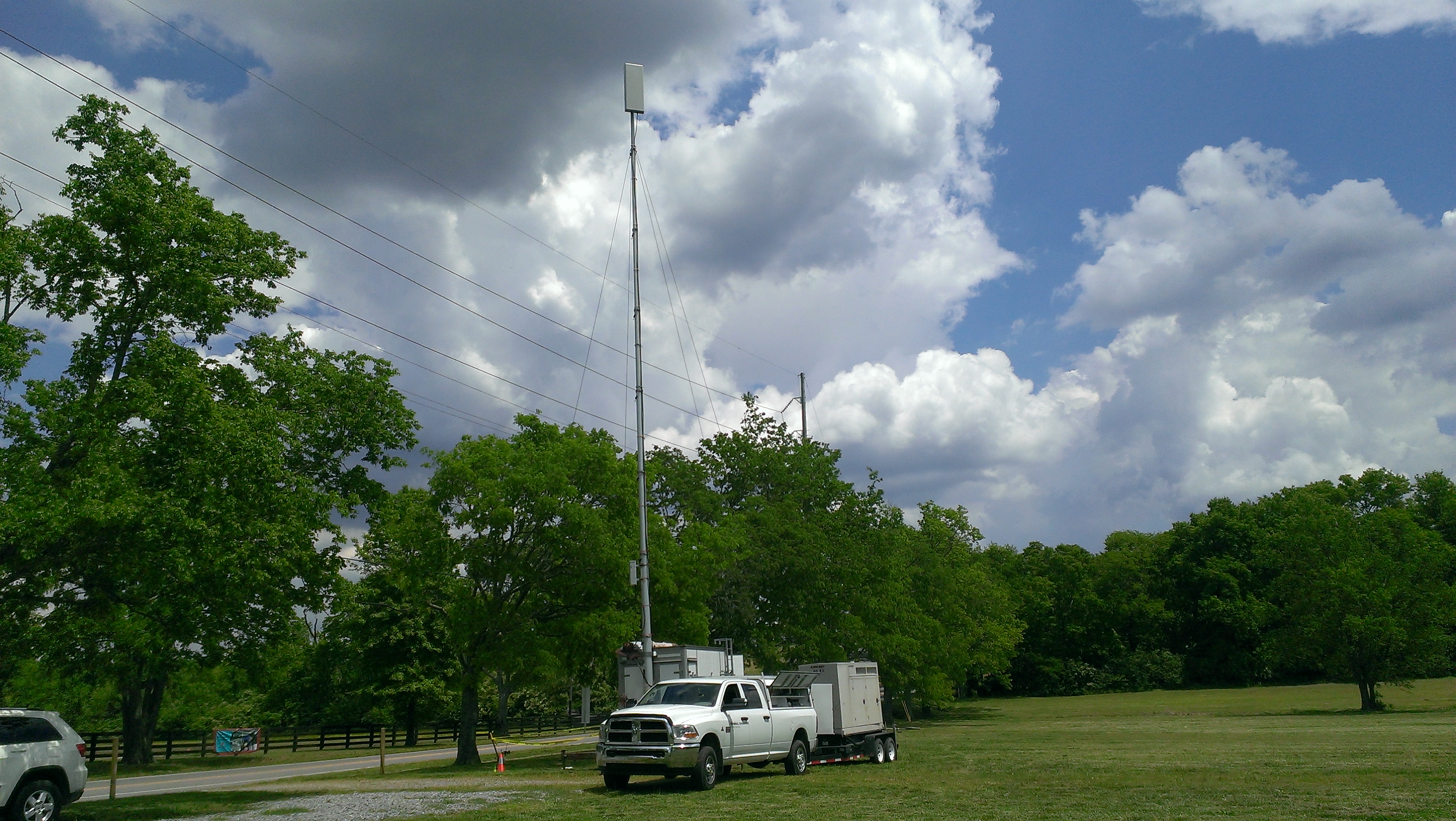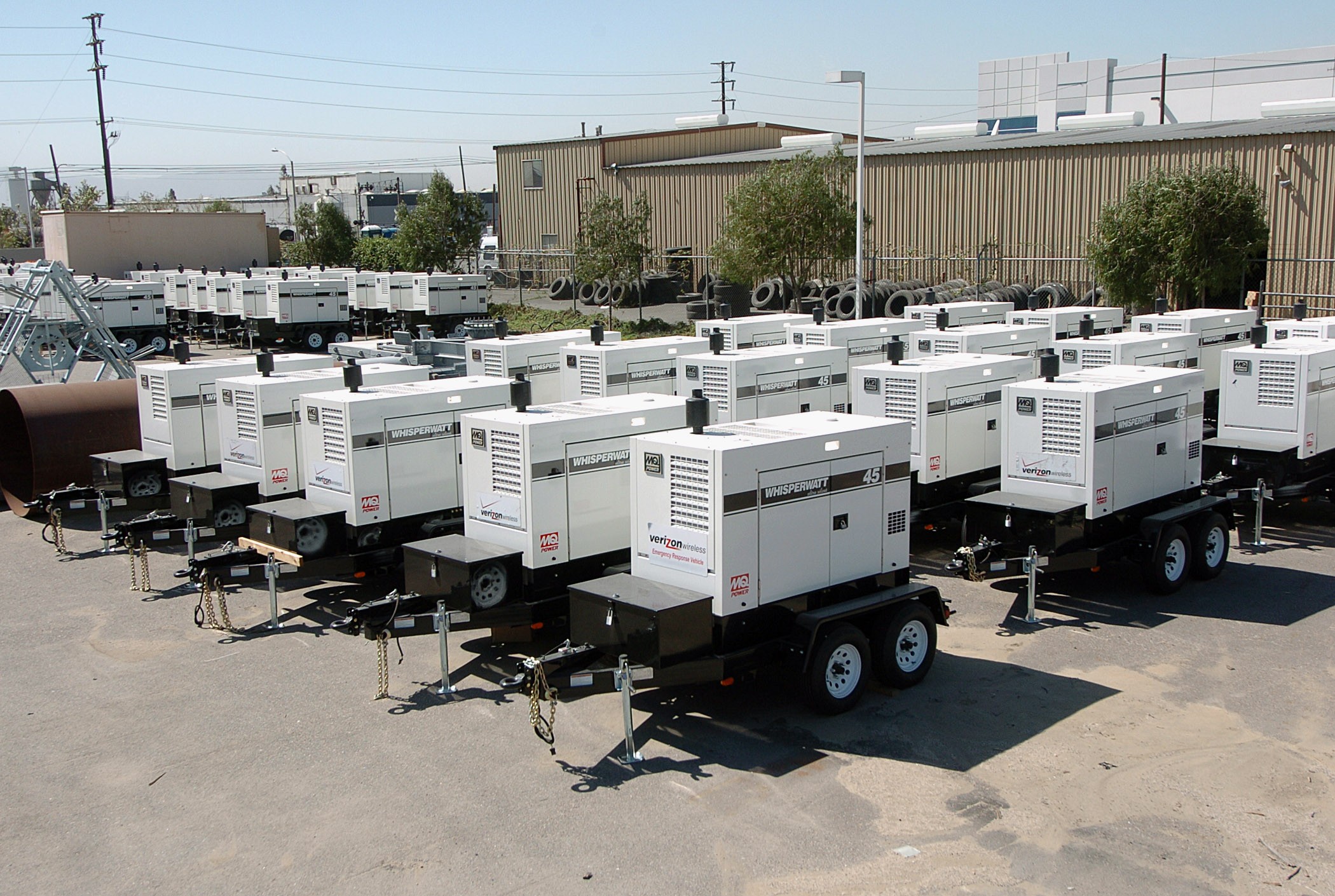How A Wireless Network Prepares For Hurricane Harvey
Hurricane Harvey, currently a Category Two hurricane but getting worse, is predicted to make landfall in Texas late Friday or early Saturday. 1.5 million people are under a hurricane warning, residents are being urged to evacuate, and swathes of southern Texas could be "uninhabitable for weeks or months," the National Weather Service has said.
With all that going on, keeping cell service up and running probably wouldn't rank high on your list of priorities. But ensuring connectivity is a vital piece of the puzzle that can keep everything else working. First responders and local government often use cellphones for communication, and trying to manage a complex operation without signal can make the job far harder. Plus, a functioning cell network can help family and friends find each other and communicate with worried relatives.
Verizon takes its role in providing communications during natural disasters particularly carefully. In preparation for Hurricane Harvey, they've staffed up a 24/7 emergency command center, prepared to bring in engineers from different parts of the country to help, and started moving some of its considerable fleet of emergency vehicles and portable cell sites into position.
Preparation for handling a natural disaster really starts with the design of the network. "If you've waited this long to prepare your network — if you've waited until a storm's on the way — there's absolutely no way you can be as prepared as you need to be," Leo Perreault, Verizon's Executive Director of Operations in the Texas area told me. Verizon starts by engineering its network with redundancy and preparedness in mind. Network switches, the most important core of the network, are built to withstand almost anything.
In Florida, for example, "super-switches" are built to withstand the strongest winds. Those switch locations boast tilt wall block construction built of concrete and rebar for extra strength. Because of flooding and possible land damage caused by hurricanes, the locations have dual entrance for transport, meaning fiber enters the facility in two distinct locations to ensure additional redundancy in case one entrance is damaged. Additionally, because commercial power loss is often associated with hurricanes and tropical storms, the Florida Super Switches have dual on-site generators and redundant AC.

Power is one of the main focuses for Verizon's preparedness. All of the network switches have two huge generators big enough to power the site, so even if one is defective or gets damaged, it won't cause a failure. Perreault told me that one of the first things Verizon does to prepare for a specific disaster is to top off all the generators with fuel, and it stays in touch with local government to make sure that after a disaster, fuel can get to the switch quickly to keep it running.
The cell sites themselves all have backup batteries that are capable of running the site for hours without commercial power, which gives Verizon enough time to get a generator on site. Because of the physical construction of a cell site, they're more vulnerable, and some damage to them is "unavoidable." While they're being fixed, Verizon has temporary cell sites — antennas on the end of a big telescoping pole — it can deploy to keep coverage up and running.

That's just the tip of the iceberg for Verizon's weird emergency machines. It has Cells on Wheels (COWs), Cells on Light Trucks (CoLTS), HVACs on Roadside Equipment (HORSEs), Generators on a Trailer (GOATs), Repeaters on a Trailer (RATs) and Cell Repeaters on Wheels (CROWs), all lovingly stored in a "farmyard."
Equipment and the physical location is only part of the equation, however. Perreault and his team train to deal with disasters and emergencies all the time. "It's nothing new for us...we drill, we'll do tests where I wake up one morning, roll out of bed, and tell my team that a tornado's rolled through the area and taken out five cell sites."
Verizon also works with first responders on emergency scenarios to show how they can proactively help with the response to an emergency. Back in June, Verizon ran an exercise with a bunch of different scenarios, including an F4 tornado with major casualties, flooding of a residential neighborhood, a building collapse at a chemical factory, a subway terror attack, and an active shooter/hostage situation. In all of those cases, it had firefighters and police working alongside Verizon's engineers to show how technology — like a drone flying overhead providing cell service — can make a difference.

As well as the network prepping for the hurricane, individual users need to think and plan ahead. The FCC publishes a few easy tips to help prepare:
-
Know what type of landline telephone service you have. Some newer forms of telephone service will not work without electric power. Understand whether you have this newer type of service, such as Voice over IP (VoIP), which is provided over broadband connections, or more traditional telephone service, which typically is powered over copper telephone lines. Ask your service provider if you are unsure.
-
If you have newer telephone service that works with battery backup equipment during power outages,test the battery periodically, understand how long it should last, learn how to replace it, and consider having a spare battery that you can charge before a storm. If you do not have battery backup equipment, ask your provider if they can supply it or if it is available elsewhere.
- If your electricity goes out and you don't need to use the phone right away, you can disconnect the battery to prevent it from draining and plug it back in when you need to receive or make calls. Once power is restored, plug the battery back in so it can recharge.
- If you have traditional telephone service, it may work during electric power outages – but you may need to use a "corded" phone. Remember that many cordless home phones rely on electric power to operate.
-
If you have newer telephone service that works with battery backup equipment during power outages,test the battery periodically, understand how long it should last, learn how to replace it, and consider having a spare battery that you can charge before a storm. If you do not have battery backup equipment, ask your provider if they can supply it or if it is available elsewhere.
- Charge your wireless phone if a storm is coming. Also consider keeping an extra battery and a car charger on hand.
- Charge your laptop or tablet computer if a storm is coming. If your electricity goes out but secure WiFi is available in your community, you may be able to use your computer or tablet to go online and send emails. You may also be able to use the battery power in these devices to recharge your wireless phone using a USB cable, but be careful not to drain the battery power of your computer or tablet if you need to go online.
- Broadcasters are an important source of news during emergencies, so consider keeping a battery-operated, solar-powered, or hand-crank-operated radio or digital portable television for use during power outages.Make sure you have charged or fresh batteries if needed. Some hand-cranked radios can also be used to charge cell phones, but check the instruction manual before assuming this is the case.During an emergency:
- Limit non-emergency phone calls. This will minimize network congestion, free up "space" on the network for emergency communications, and conserve battery power if you are using a wireless phone. If you do need to make a call, try to keep it brief and only convey vital information to emergency personnel and/or family.
- For non-emergencies, try text messaging from your wireless phone. In many cases, text messages to other wireless devices will go through when your call may not, though there may be a delivery delay during times of network congestion. (In most locations you cannot send a text message to 911, however.)
- Adjust your wireless phone. Check your wireless device or manual for ways to conserve battery power, such as dimming the brightness of your display screen and disabling certain applications. If you have difficulty accessing your wireless network, consider connecting to WiFi service if your phone is WiFi-capable. If the wireless network in your area is damaged and you do not see any signal bars on your phone, consider turning your phone off to prevent the battery from draining as your phone seeks a usable wireless signal.
- Call 911 only for emergencies. Learn and use the designated number in your state for highway accidents or other non-life-threatening incidents.
- Wait 10 seconds before redialing a call. Redialing a wireless call multiple times in quick succession can increase network congestion, further limiting the ability of all users to place calls. If you must make a call, space out your call attempts.
- If you have call forwarding on a landline phone at home, consider forwarding those calls to your wireless number, particularly in the event of an evacuation, so that you can continue to receive incoming calls to your home telephone number; and
- If you do not have electric power in your home and are using your car to charge wireless phones or listen to news on the car radio, be careful. Don't try to reach your car if it is not safe to do so, and remain vigilant about carbon monoxide emissions from your car, especially if it is in a closed space.
